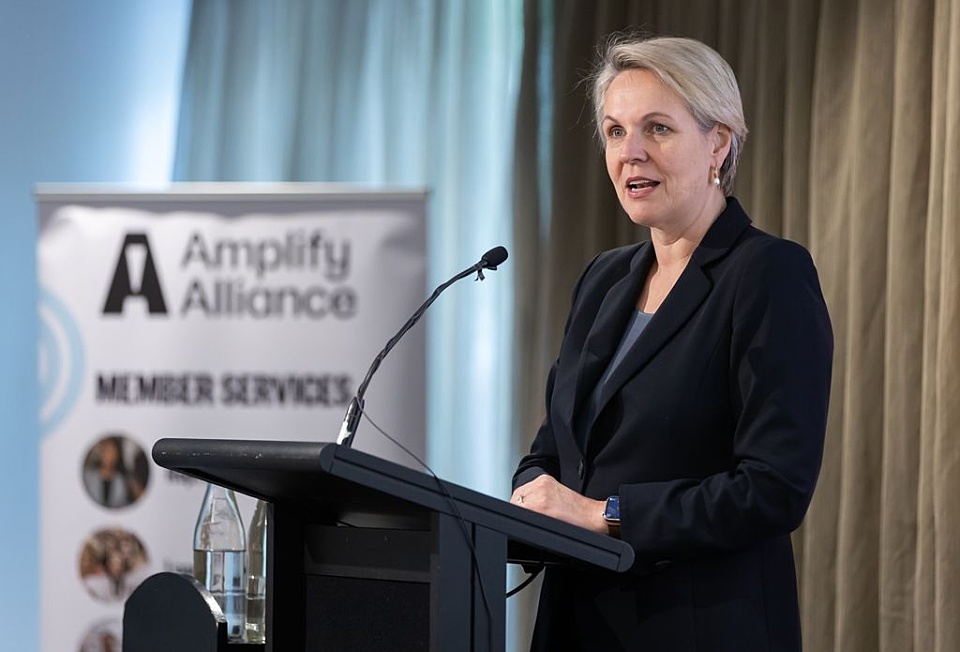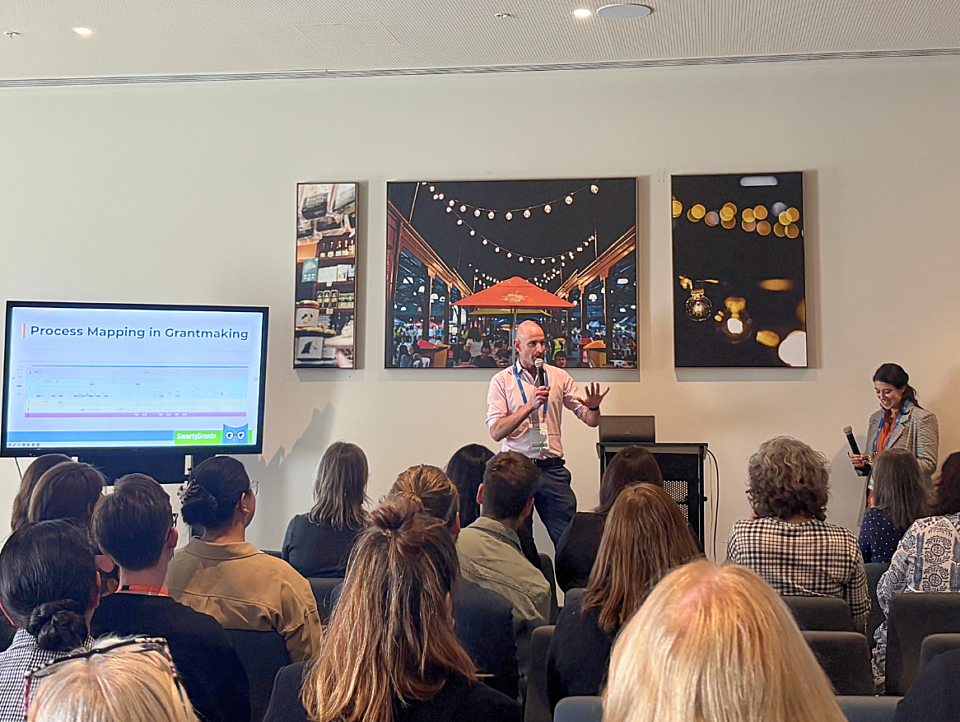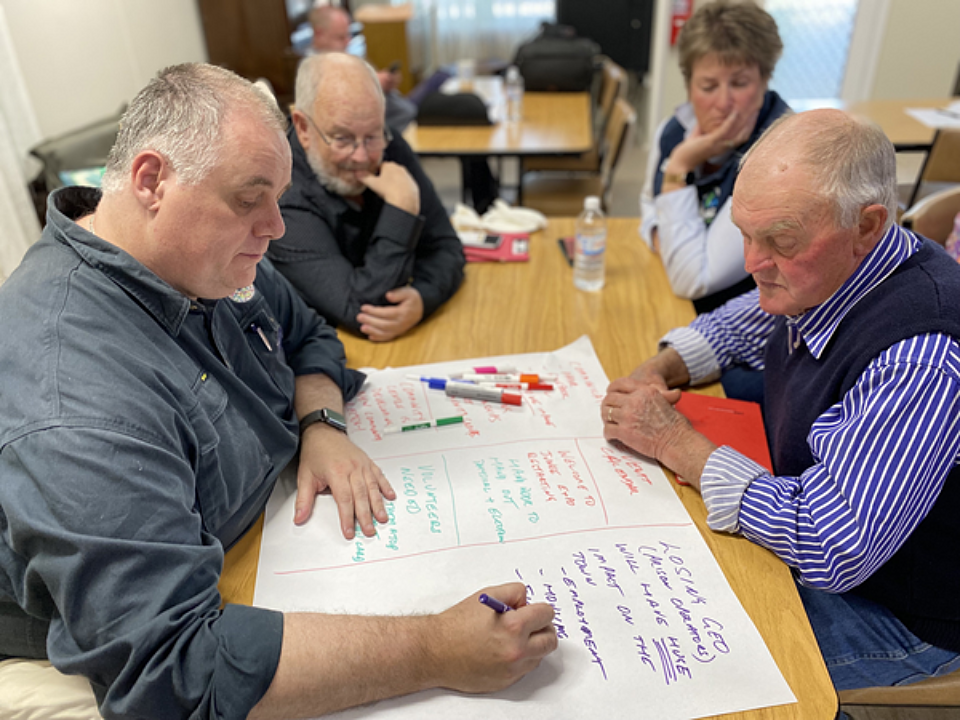
Feds flag human services grants shakeup
Posted on 15 Dec 2025
The federal government is trialling longer-term contracts for not-for-profits that deliver…
Posted on 01 May 2025
By Matthew Schulz journalist, SmartyGrants

A rating system developed by UK foundations offers valuable insights into how grantmakers around the world can improve governance, accountability and equity.
The Foundation Practice Rating project has assessed more than 100 UK charitable foundations across more than 100 criteria in a push to increase transparency, fairness, and trust in the foundation system, which distributes more than £6.4 billion a year, about $12.1 million in Australian dollars.
For its 2024–25 annual report, the project – which was initiated by the Friend Provident Foundation and is carried out by independent evaluators – assessed foundations in terms of diversity, accountability and transparency, scoring each with a rating from A to D.
The report found foundations were weakest in measures of diversity, with 44% of organisations scoring the lowest “D” rating and none at all winning an “A” rating.
Foundations were strongest in transparency, where 64% scored an “A” rating.
Foundations scored a relatively equal spread of Bs (33%), Cs (28%) and Ds (29%) for their accountability.
“Quite often we are keen to evaluate the effectiveness of grantee programmes and are concerned about the rigour of those assessments. The FPR suggests that we are less rigorous with evaluating our own work and seeking feedback.”

Despite the fact that transparency was the strongest suit of foundations, 21 foundations did not have a website, while many others had sites that were “limited” or hard to navigate.
Just seven out of 100 foundations published a detailed analysis of how effective they had been.

Friends Provident Foundation director Danielle Walker Palmour told Grants Management Intelligence that diversity had “proven the trickiest” quality for foundations to improve, and in fact it had worsened since the last study a year earlier.
“We were a bit surprised that performance on diversity was not improved, given the first foundation to score an A in diversity (and overall) occurred last year. Our hope is by providing clear examples of good practice, performance in key domains will improve.”
Foundations in the UK appear largely pale, male and stale. The most recent assessment in England and Wales found that 90% of trustees of foundations were white, 60% were over 65 years of age, and men outnumbered women two to one.
Palmour said the report’s diversity assessment looked not only at trustees, but at foundations more broadly.
“By diversity the FPR includes disclosures about the makeup – in terms of ethnicity, gender and disability – of those that make decisions and deal with applicants: staff and trustees.
“It also includes accessibility of websites – quite often our shop windows as funders – to those who may have difficulty using screens.”
She stressed that the rating system was produced to assist potential grant applicants.

“This is not a question of virtue-signalling or political correctness. The point of this domain in the rating system is about giving applicants key information about the makeup of those taking decisions that may affect their lives and livelihoods, and the ability of a range of people to access what is sometimes the only information available”.
Palmour also said that foundations could improve the assessment of their funding effectiveness.
“Quite often we are keen to evaluate the effectiveness of grantee programmes and are concerned about the rigour of those assessments. The FPR suggests that we are less rigorous with evaluating our own work and seeking feedback.”
Palmour said transparency was the most important metric.
“Transparency is the medium through which all the other domains are mediated – if there is no transparency of practices, then we really cannot know anything else about the foundation. Caroline Fiennes, who leads our research efforts, is a physicist by training. She likens our efforts – and those of applicants – to those of astronomers: we can only understand what is going on inside stars (or foundations) from the light that comes out.”
According to the report, the best performing foundations “by an appreciable margin” were community-run foundations.
Community foundations in Australia are now the fastest growing philanthropic sector and are predicted to build a billion-dollar funding pool in the next few years.
Palmour said the best-performing groups were “characterised by curiosity about how to improve, clarity on to whom they seek to be accountable, and a willingness to share their journey”.
“A great example of this remains community foundations; they consistently perform best in all four cohorts since 2021.
“They are very clear that they are accountable to their locality, seek to reach out in a range of ways to their populations and share what and how they have done with donors and other stakeholders. Those we have sampled provide exemplars to us all.”
Palmour said the rating process aimed to raise the standards for funders.
“We see our role as a lightning rod – a way of focusing attention on performance and good practice in the grantmaking sector.
“Whilst we have their attention, we do two things: we highlight good approaches, as every criteria has a foundation that has achieved it; and we signpost to key areas of support like our umbrella bodies, the Association of Charitable Foundations, Community Foundations UK, and 360 Giving. They create relevant and useful materials and offer networks for on-going support.”
Drawing comparisons between UK and Australian philanthropy, Palmour said she believed UK foundations were well placed in terms of their openness.
“Transparency is one of UK foundations’ areas of strength. Part of this is the wider charity framework in which we operate through our regulators such as the Charity Commission in England and Wales, the Office of the Scottish Charity Regulator and the Northern Ireland Charity Commission. This ensures that charities have a consistent set of information disclosed about their activities, finance and governance.”
At this stage, Australia has no comparable philanthropic rating system, but Palmour welcomed the curiosity and interest shown by Australian philanthropists, who were “looking to the US and Europe for examples of new approaches”.

Posted on 15 Dec 2025
The federal government is trialling longer-term contracts for not-for-profits that deliver…

Posted on 15 Dec 2025
A Queensland audit has made a string of critical findings about the handling of grants in a $330…

Posted on 15 Dec 2025
The federal government’s recent reforms to the Commonwealth procurement rules (CPRs) mark a pivotal…

Posted on 15 Dec 2025
With billions of dollars at stake – including vast sums being allocated by governments –grantmakers…

Posted on 15 Dec 2025
Nearly 100 grantmakers converged on Melbourne recently to address the big issues facing the…

Posted on 10 Dec 2025
Just one-in-four not-for-profits feels financially sustainable, according to a new survey by the…

Posted on 10 Dec 2025
The Foundation for Rural & Regional Renewal (FRRR) has released a new free data tool to offer…

Posted on 10 Dec 2025
A major new report says a cohesive, national, all-governments strategy is required to ensure better…

Posted on 08 Dec 2025
A pioneering welfare effort that helps solo mums into self-employment, a First Nations-led impact…

Posted on 24 Nov 2025
The deployment of third-party grant assessors can reduce the risks to funders of corruption,…

Posted on 21 Oct 2025
An artificial intelligence tool to help not-for-profits and charities craft stronger grant…

Posted on 21 Oct 2025
Artificial intelligence (AI) is becoming an essential tool for not-for-profits seeking to win…